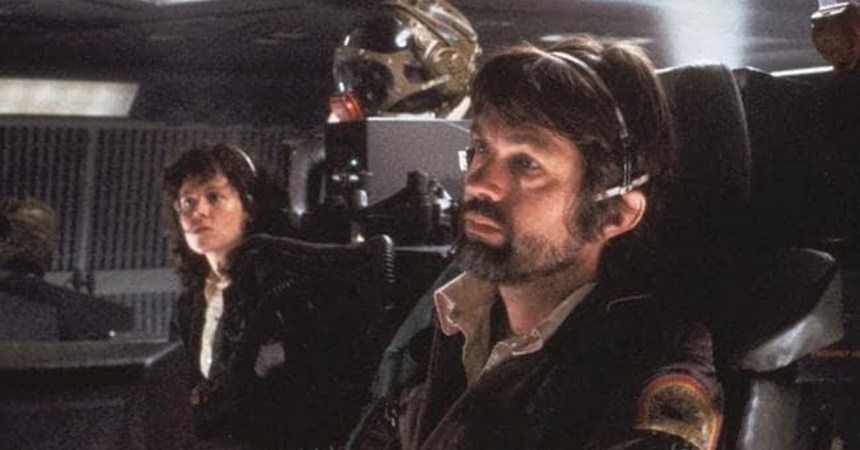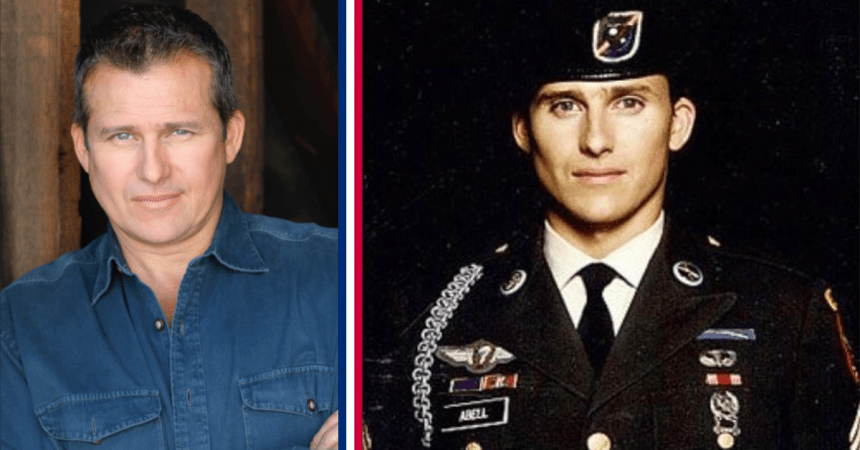
By the time Nate Ellis reached the sixth grade he knew there were two things he wanted to do with his life: make movies and fly airplanes for the military.
Ellis was raised in a family with military experience. His father had joined the Coast Guard during the Vietnam era as a way to avoid the draft and his older brother had joined the Air Force ROTC program as a way to pay for college. He says he was the first among them to go in actually motivated to serve.
“All I wanted to do was Army aviation,” he said.
Ellis attended Austin Peay State University in Tennessee on a ROTC scholarship and wound up the top-ranked cadet nationwide among aviation selectees. Three days after graduation he found himself at Fort Rucker ready to start flight school. A year or so later he was a Blackhawk pilot.
In time he found himself in Afghanistan, stationed at Shindand Air Base in the western area of the country as part of the 4th CAB contingent there. He was assigned as the “battle captain,” overseeing all of the unit’s air operations, a position of great responsibility.
He was also flying Blackhawk sorties, and one night he launched as part of an air assault package comprised of three Blackhawks and two Chinooks. The helicopters carried a total of 99 troops — Italian special operators and Afghan National Army regulars — for a raid to capture a “high-value target,” one of the Taliban’s bad guys.
The helicopters touched down at the LZ around 3 AM, and after the troops jumped out they immediately came under fire. The helos took off and held nearby.
“We were at the holding point listening to the chaos, waiting, burning gas,” Ellis said. “It was the worst.”
There were two Apache attack helicopters on station, but one ran out of ammo and the other took an enemy round through the cockpit. The ground force, facing overwhelming numbers, wanted to get out of there immediately. But, by the helicopters’ operating procedures, it was too hot for them to fly back in to pick them up.
The mission commander, a lieutenant colonel, made the call to go in, but only after taking a quick survey of his fellow pilots over the radio to see what they thought about the risk.
“We went up and down the line, and all aircrews said they wanted to go in,” Ellis remembered. “But everyone was concerned at the same time. Everyone knew what they were getting into.”
The LZ was in the middle of a valley, what Ellis described as “the worst place to fly into.”
He saw the gunner in the Blackhawk ahead of him return fire on a group behind a wall as his own gunner froze, unable to pull the trigger. Sixty of the troops came running at them trying to load up. The Blackhawk only had room for 12 of them, so Ellis’ crew chief heroically jumped out and sorted the situation out as the bullets landed around them. After “the longest 3 minutes of my life,” they lurched back into the air at the Blackhawk’s maximum takeoff weight.
“Because we were heavy we couldn’t yank and bank,” Ellis said. “We had to fly straight ahead. My missile warning gear was going off the whole time.”
Once he was out of harm’s way, he had an epiphany.

“I was more present than I ‘d ever been in my life,” he said. “It was like all of the bullshit in my life came to the surface and skimmed off. I heard my inner voice: ‘Life is short. Live with a purpose. Do what you love.'”
And Ellis realized — along with flying Army helicopters — that he loved making movies, something he’d continue to dabble in even during the most demanding parts of his military life.
“I was always working on something while I was in,” Ellis said. “Short films — writing and directing. I’d edit them on my computer and post them to YouTube or wherever.”
After his war tour, he was stationed in South Korea while his marriage to another Army helicopter pilot came apart. “Long story short, we were separated for 18 months,” he said.
He was ready for a change in his life. So after 7 years of active duty, he resigned his commission and entered USC to get a master’s degree in filmmaking. While he immersed himself in the curriculum, he also found himself processing a lot of anger.
“I’d lose my temper if somebody jumped in front of me at a bar or cut me off in traffic,” he admitted. “I felt this sense of entitlement, like, who are they to treat me like that? Don’t they know who I am and what I’ve done?”
By his own account, it took him three years of grad school to process his emotions.
“I don’t want to be that person,” he said. “I don’t want to feel that way. Now it’s more like who cares? That guy, that girl, they have their own thing going on. They have their own path.”

He made a name for himself among the talented grad students at USC. He created five short films, including “10,000 Miles,” his thesis film that had a $30,000 budget plus a $350,000 Panavision grant.
Ellis also made “The Fog,” which he describes as “very personal,” another short that won a faculty screenwriting award and “Best Narrative Short” at the 2016 GI Film Festival. “The Fog” was also a semi-finalist for the student Academy Awards.
Ellis left USC with an impressive body of work, and an effective Hollywood network that included his USC-assigned mentor who also happened to be the president of a major studio. With his master’s degree in hand, he’s wasted little time in making some things happen. He wrote a screenplay based on “Chickenhawk,” the classic Vietnam-era story about a helicopter pilot, and he said Harrison Ford is “interested.”
At the same time, he worked as a production assistant on “The Wall,” directed by Doug Liman (who also directed “Mr. and Mrs. Smith” and “Bourne Identity”), wrote another screenplay targeting both Chinese and American audiences, and co-created an animated web series called “Thrift Video” that he described as “‘Adult Swim’-type humor.”
And, somewhat ironically, Ellis’ work in Hollywood placed him behind the controls of a helicopter again.
“My USC mentor introduced me to the president of Studio Wings, Steve Stafford, a Marine vet,” he explained. “I’ve been flying a Huey, one of the types of helicopters I flew during my time in the Army.”
And the Studio Wings Huey is owned by one Vince Gilligan, the creator of the hit series “Breaking Bad.” Ellis and Gilligan have co-piloted the Huey on several occasions.

“Vince is a super-nice guy and very interested in my active duty experience,” Ellis said. “He’s also interested in my screenplay.”
Ellis is quickly learning that success in the movie business is about two things: who you know and how much talent you have.
“All this stuff is just coming out of the blue,” Ellis said. “But I love the non-linear aspect of Hollywood. You’re thrown into the big mix with everybody. How do you set yourself apart?”
Ellis has also learned when and where to leverage his military experience and the limits of it.
“The whole reason I’m flying helicopters with Vince Gilligan is because I flew helicopters in the Army,” he said. “But after that, it’s about the quality of my work.”










